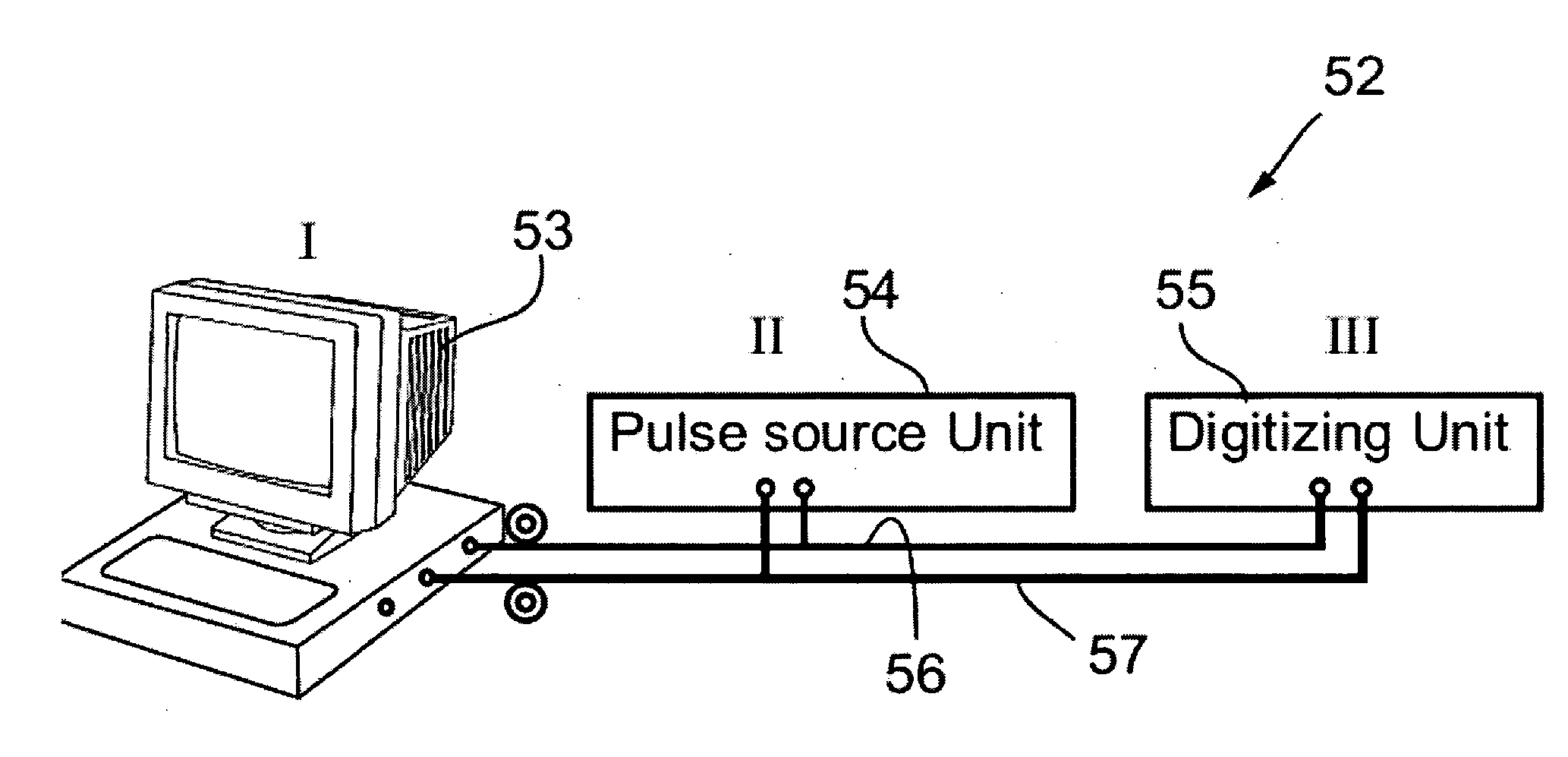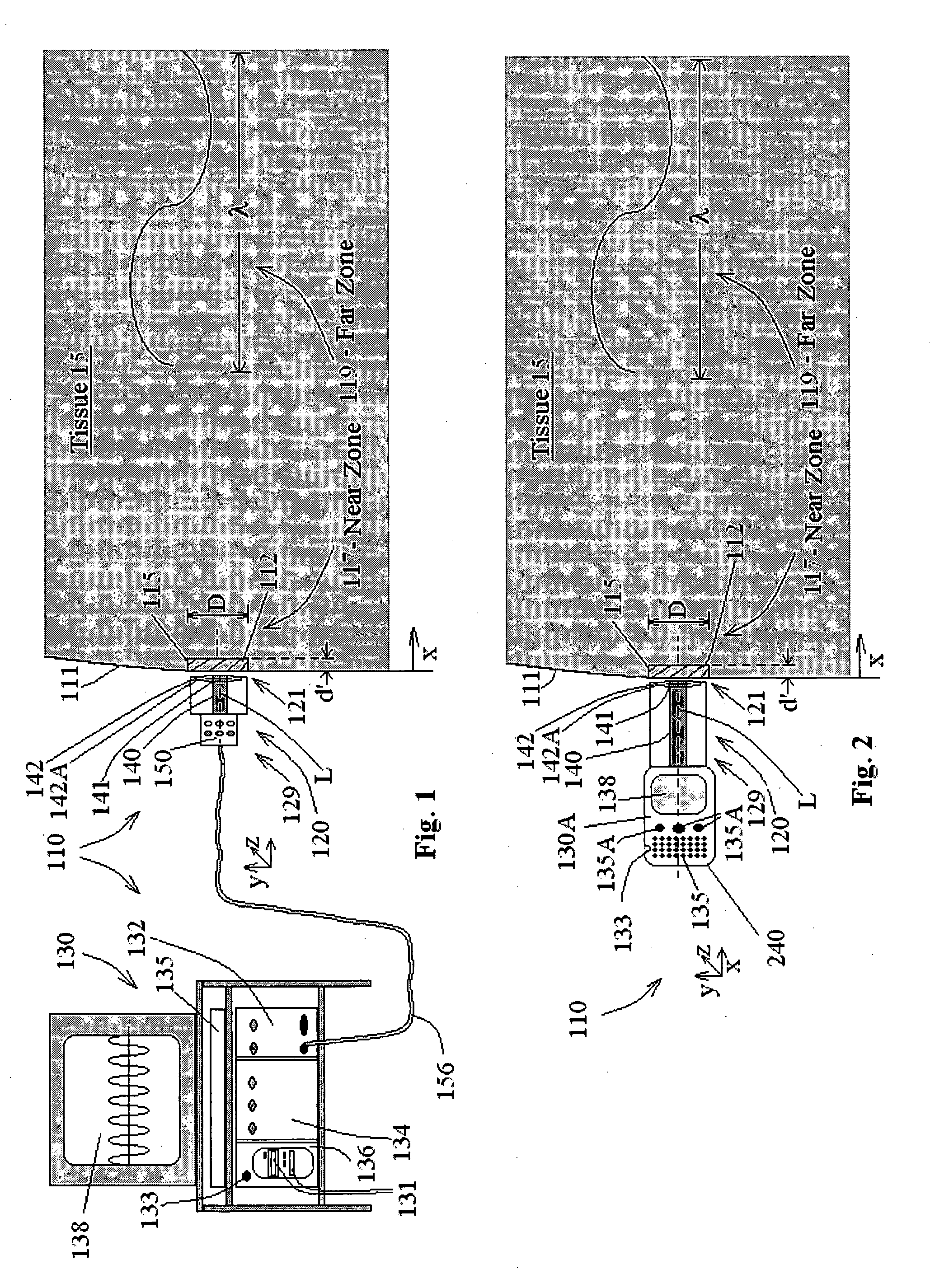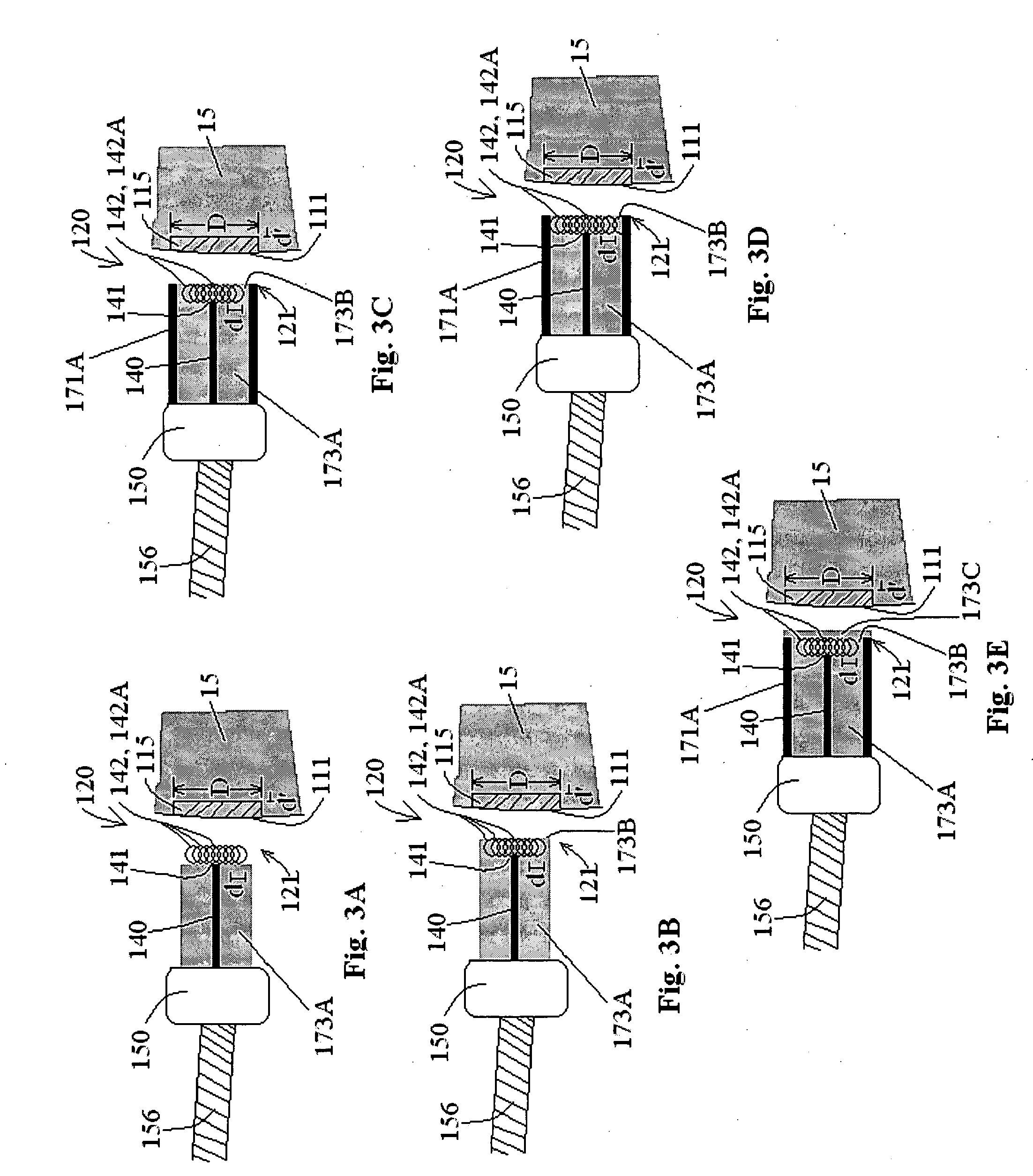Probes, systems, and methods for examining tissue according to the dielectric properties thereof
a technology of dielectric properties and probes, applied in the field of probes, systems and methods for examining and characterizing tissue by its dielectric properties, can solve the problems of poor radiological placement, failure to successfully remove the appropriate lesion, and failure to always succeed in traditional methods of biopsy
- Summary
- Abstract
- Description
- Claims
- Application Information
AI Technical Summary
Benefits of technology
Problems solved by technology
Method used
Image
Examples
Embodiment Construction
[0107] The present invention relates to probes, systems, and methods for tissue characterization by its dielectric properties, wherein a physical feature of the probe is designed to define and delimit a tissue volume, at the tissue edge, where characterization takes place. Preferably, tissue characterization occurs substantially in real time.
[0108] Before explaining at least one embodiment of the present invention in detail, it is to be understood that the present invention is not limited in its application to the details of construction and the arrangement of the components set forth in the following description or illustrated in the drawings. The invention is capable of other embodiments or of being practiced or carried out in various ways. Also, it is to be understood that the phraseology and terminology employed herein is for the purpose of description and should not be regarded as limiting.
[0109] Referring now to the drawings, FIG. 1 schematically illustrates an overall syste...
PUM
 Login to View More
Login to View More Abstract
Description
Claims
Application Information
 Login to View More
Login to View More - R&D
- Intellectual Property
- Life Sciences
- Materials
- Tech Scout
- Unparalleled Data Quality
- Higher Quality Content
- 60% Fewer Hallucinations
Browse by: Latest US Patents, China's latest patents, Technical Efficacy Thesaurus, Application Domain, Technology Topic, Popular Technical Reports.
© 2025 PatSnap. All rights reserved.Legal|Privacy policy|Modern Slavery Act Transparency Statement|Sitemap|About US| Contact US: help@patsnap.com



